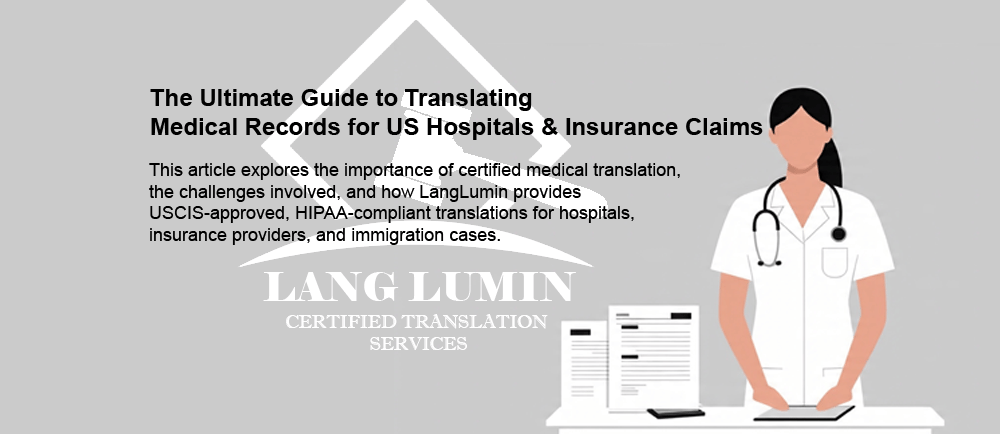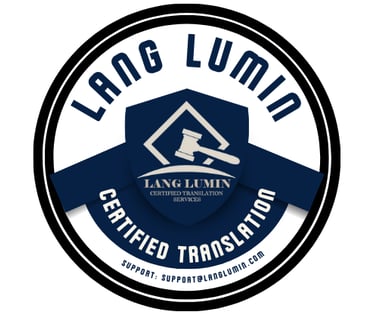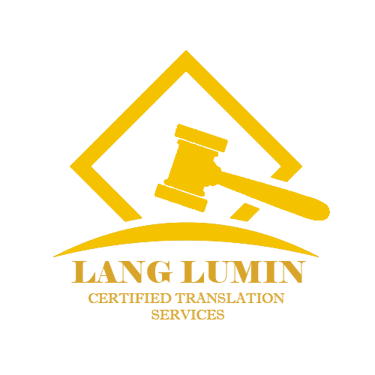instant chat support: +923411211315

The Ultimate Guide to Translating Medical Records for US Hospitals & Insurance Claims
This article explores the importance of certified medical translation, the challenges involved, and how LangLumin provides USCIS-approved, HIPAA-compliant translations for hospitals, insurance providers, and immigration cases.
Lang Lumin


1. Introduction
The US healthcare system relies heavily on accurate medical documentation for patient care, insurance claims, and legal compliance. For non-English-speaking patients, translating medical records into English is not just a convenience—it’s a necessity. Errors in translation can lead to misdiagnoses, claim denials, and legal complications.
2. Why Medical Translation is Crucial for US Hospitals & Insurance Claims
Medical records must be translated accurately to ensure:
Patient Safety – Misinterpretations can lead to incorrect treatments.
Insurance Approval – Claims may be denied if documents aren’t properly translated.
Legal Compliance – USCIS and HIPAA require certified translations for immigration and medical records.
3. Challenges in Translating Medical Records
Translating medical documents presents unique difficulties:
Complex Terminology – Requires expertise in both medicine and linguistics.
Confidentiality – HIPAA mandates strict data protection.
Formatting Consistency – Preserving tables, charts, and prescriptions is critical.
4. Certified Medical Translation: What It Means & Why It’s Required
A certified medical translation includes:
A signed statement of accuracy.
Translator credentials (preferably with project management certification or healthcare experience).
Compliance with USCIS, HIPAA, and hospital requirements.
5. Key Requirements for USCIS & Healthcare Institutions
USCIS – Accepts only certified translations for visa and green card applications.
Hospitals – Require HIPAA-compliant translations for patient records.
Insurance Companies – Demand precise translations to process claims.
Top Certifications for Medical Translators:
6. How LangLumin Ensures Accurate & Certified Medical Translations
LangLumin stands out by offering:
✅ HIPAA-Compliant Security – Encrypted document handling.
✅ USCIS-Certified Translators – Experts in medical and legal terminology.
✅ Fast Turnaround – 24-hour service for urgent cases.
✅ Notarization & Certification – Legally valid for immigration and insurance.
7. The Role of Technology in Medical Translation
AI-powered tools like DeepL and Google Translate assist, but human review is essential. LangLumin combines:
Machine Learning – For initial drafts.
Human Expertise – For accuracy and compliance.
8. Case Studies: Successful Medical Translations for US Healthcare
Case 1: Immigration Medical Exam (Form I-693)
A patient’s medical records were rejected by USCIS due to poor translation. LangLumin provided a certified translation, leading to approval.
Case 2: Insurance Claim Denial Reversed
An insurer denied a claim due to unclear translations. After LangLumin’s certified medical translation, the claim was approved.
9. Frequently Asked Questions (FAQs)
Q1: What is a certified medical translation?
A: A translation accompanied by a signed statement verifying its accuracy, often required by USCIS and hospitals.
Q2: How long does medical translation take?
A: Typically 24-72 hours, depending on document length.
Q3: Can I use Google Translate for medical records?
A: No—machine translations are not accepted by USCIS or insurers.
10. Conclusion
Accurate medical translation is crucial in the USA for healthcare, insurance, and immigration. LangLumin provides certified, HIPAA-compliant, USCIS-approved translations to ensure compliance and patient safety.
📌 Need a certified medical translation?
📞 Contact LangLumin today for fast, accurate, and legally valid translations!
Connect
Get in touch for certified translation services.
Support
chat
Copyright © lang lumin translation 2025. All rights reserved.




